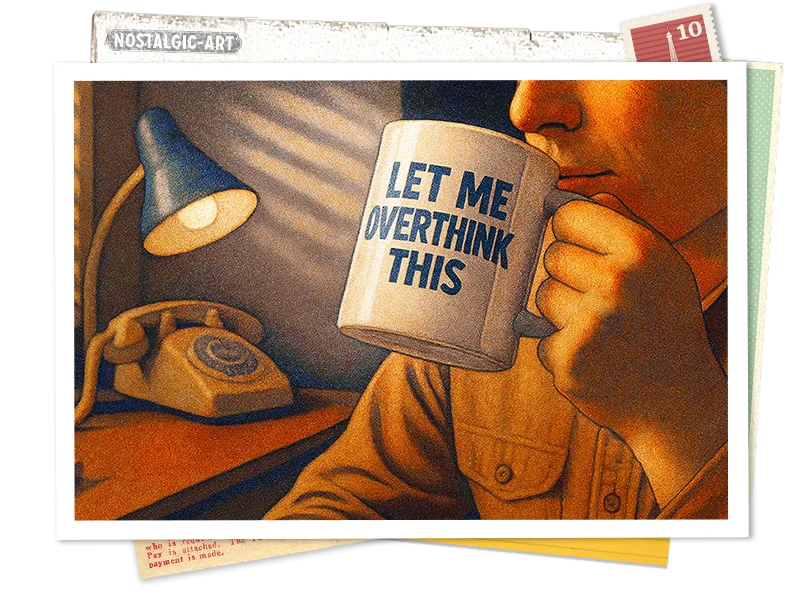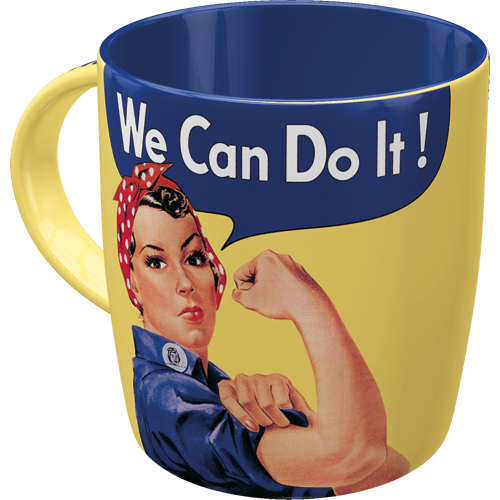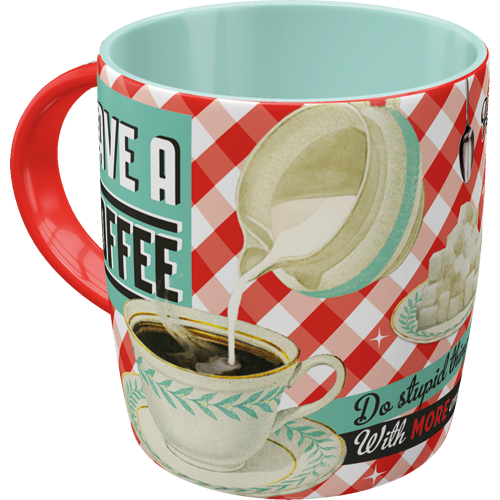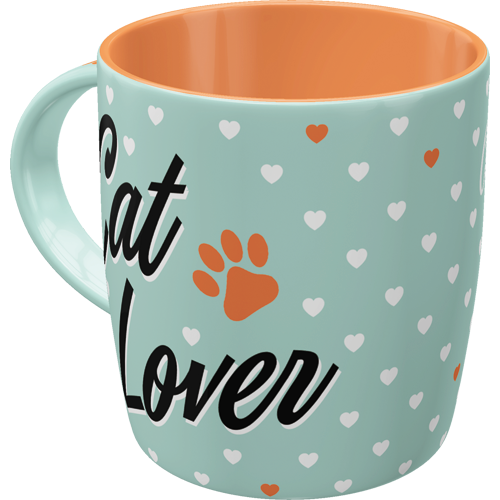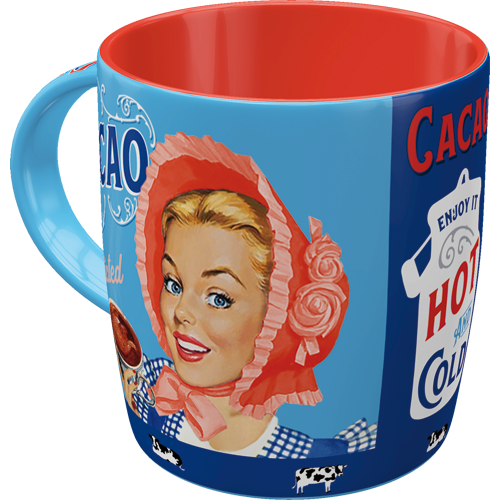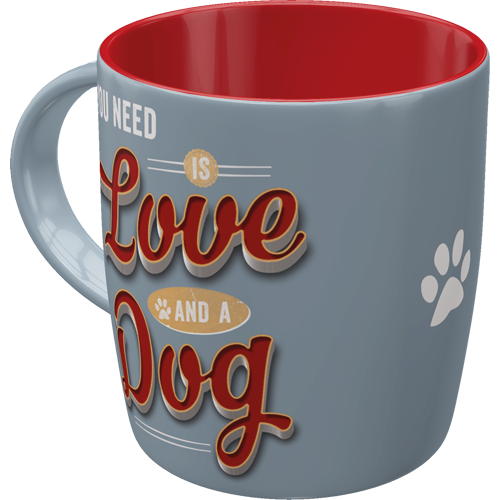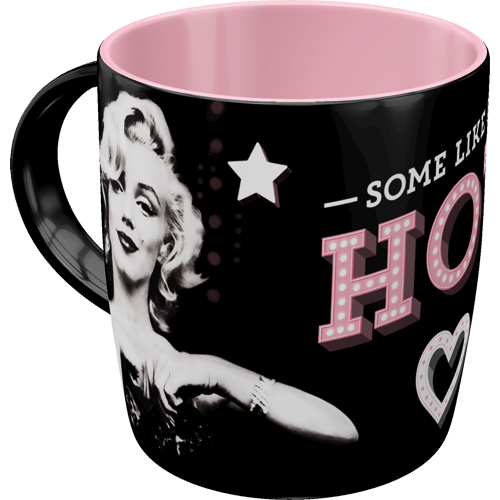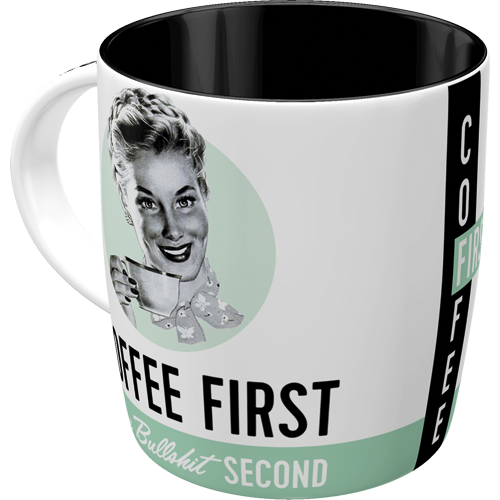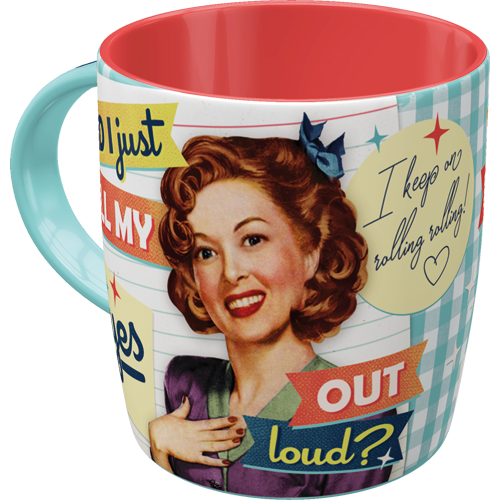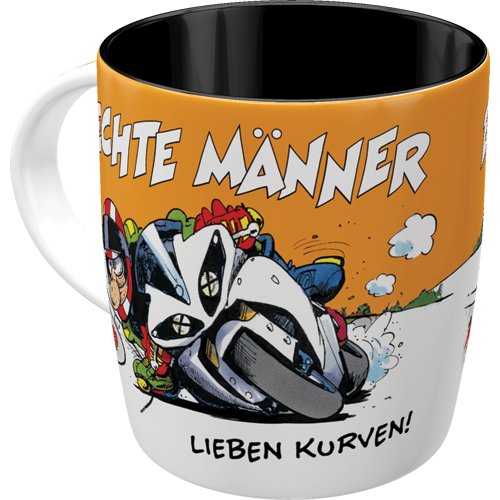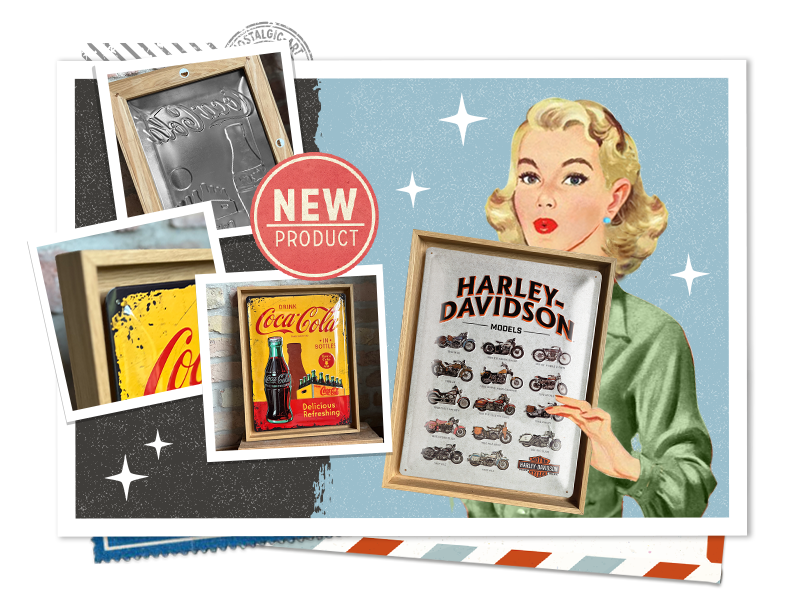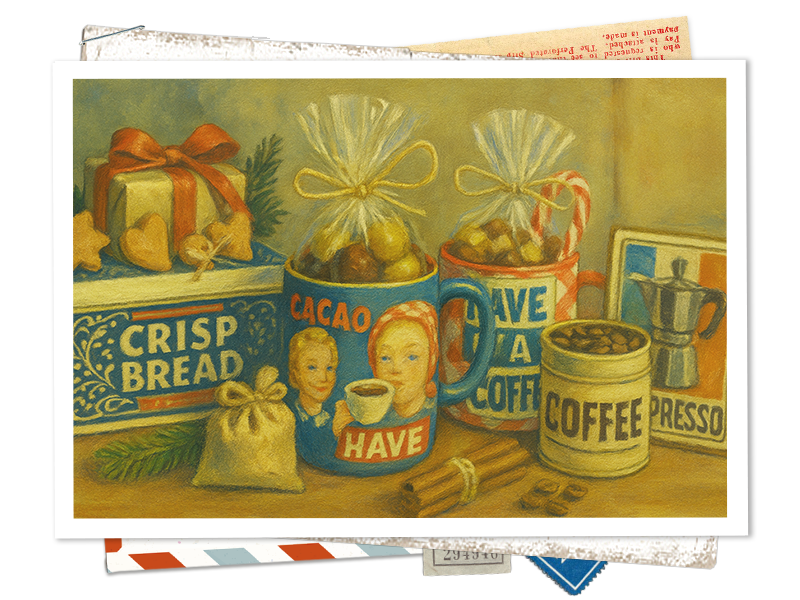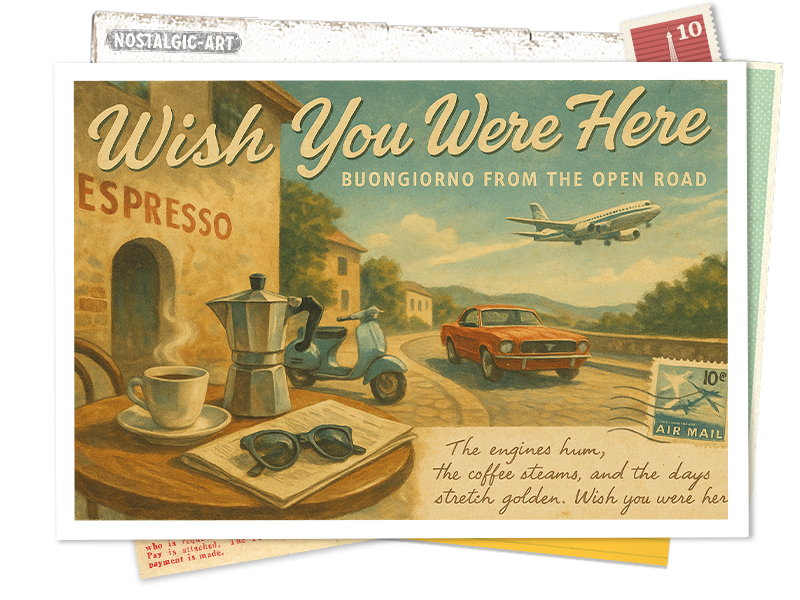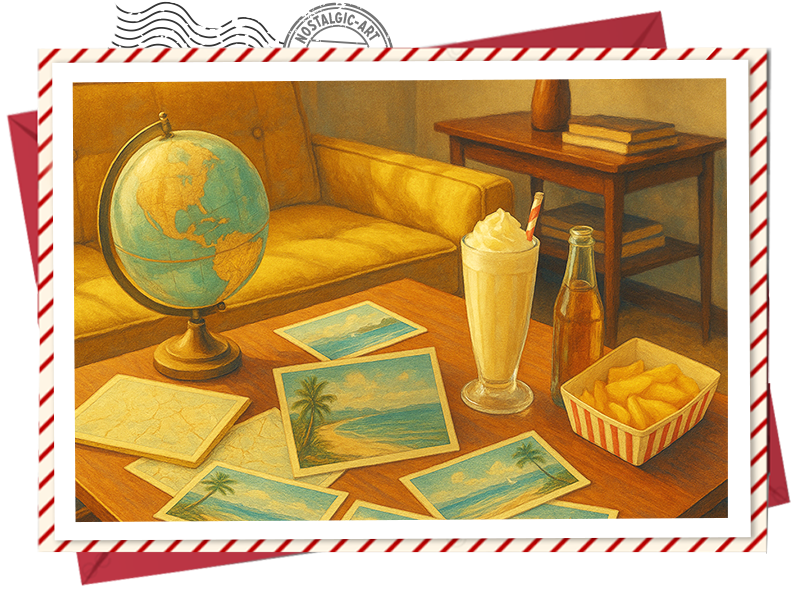In 2009, a woman in a publishing office in Toronto brought in a new mug. It was white. It wasn’t fancy. But in thick, defiant black letters, it said:
“I survived another meeting that should have been an email.”
She didn’t say anything when she used it. She didn’t have to. It sat beside her laptop like a protest sign in miniature. A week later, her coworker brought in one that said,
“Don’t talk to me until I’ve had my coffee.”
Then another:
“Queen of Everything.”
By the end of the month, the office kitchen shelf looked like a gallery of micro-manifestos.
What happened here?
It started with one person using an object to express something that couldn’t be said aloud. That mug was more than ceramic—it was commentary. And it opened the door for others to do the same. That’s how trends begin. Not with strategy. But with signals.
People started using mugs to express identity because it was safe, small, and social.
It didn’t disrupt the office, but it added color—literally and culturally.

When Mugs Speak Louder Than People
A mug is just a vessel. But in the workplace, it does something strange: it speaks.
And it speaks about you.
It joins you in meetings.
It sits on your desk.
You bring it to the coffee station.
Always in view. Always quietly making a statement.
Unlike clothes—which are expected to follow norms—or laptop stickers (which are easily ignored), a mug lives in that odd gray zone of being visible but not confrontational. It’s casual enough to fly under the radar, but pointed enough to say what needs saying.
It might tell coworkers you're funny. That you're tired. That you’ve had enough of status meetings.
It might say “I care,” or “I’m coping,” or “Today is not the day.”
Mugs let people express what might otherwise feel off-limits.
They allow for boundary-setting (“Don’t talk to me yet”), cultural pride (“Black Girl Magic”), or even mild rebellion (“World’s Okayest Employee”).
We ask, is this really about coffee? Probably not.
It’s about having a low-key language for autonomy, especially in places where emotional expression is rationed, and hierarchy speaks louder than humans.
A mug can say: This is me.
And sometimes, that’s the clearest thing in the room.

Cute Becomes Cultural
Yes, bold black text on a white mug works. But now? You can say it with more style.
Today’s mugs are no longer just utilitarian or sarcastic. They’re aesthetic. Designed with the same intention you’d give a great jacket or a favorite pair of shoes.
Retro fonts. Burnt orange glazes. Typewriter lettering. Ceramic that feels like it came from your grandmother’s cupboard.
These mugs are made to feel, not just function. And whether they whisper or shout, they’re saying something long before you take a sip.
Style is part of the message.
We live in a world that often feels too fast, too filtered, too flat. So we’re drawn to things that feel personal. Human. Tactile. That little flash of self-expression that isn’t trying too hard, but still says exactly what it needs to.
That’s why mugs have stuck around in office culture—even as open-plan desks, Slack channels, and remote meetings have changed everything else.
You’re not just choosing a cup. You’re choosing a tone, a texture, a little flag of identity that says, “This is my flavor of honesty.”
In a sea of branded tumblers and plain paper cups, the retro mug with style doesn’t just stand out.
It connects.
Mugs as Soft Power
In the workplace, most messaging is formal: emails, slides, Slack channels.
But mugs offer soft power—the ability to communicate without confrontation.
That’s why people choose them so carefully. A mug with sarcasm might feel bold in a team meeting—but cheeky and charming in a one-on-one. The same mug changes tone depending on the context, the room, even the kind of coffee inside it.
Do coworkers notice? Yes. Subtly. Subconsciously. But consistently.
The “I’m dead inside” mug makes people chuckle. But it also creates boundaries: I’m not in the mood. Or maybe: I’m funny, but tired. It changes how others approach you.
We often underestimate the emotional cues that come from these little objects.
But research in workplace psychology shows that ambient personalization—the small ways people customize their space—can boost perceived approachability, morale, and team connection.
Is it just a mug? Sure.
But it’s also how you set the tone for your day—and your presence.
So, what does your mug say?
Is it loud or understated? Funny or wise? A souvenir, a gift, a quiet little joke?
It’s worth noticing—because even if you don’t realize it, your mug is speaking. It’s telling a little story about how you see yourself. Or how you’d like others to see you.
Some mugs are armor. Others, an invitation.
Either way, they’re more than objects. They’re micro-rituals. Personality markers. Tiny ceramic windows into how we move through the world.
And sometimes, the mug says it better than we can.
So if you’re going to let something speak on your behalf, it might as well sound like you.






